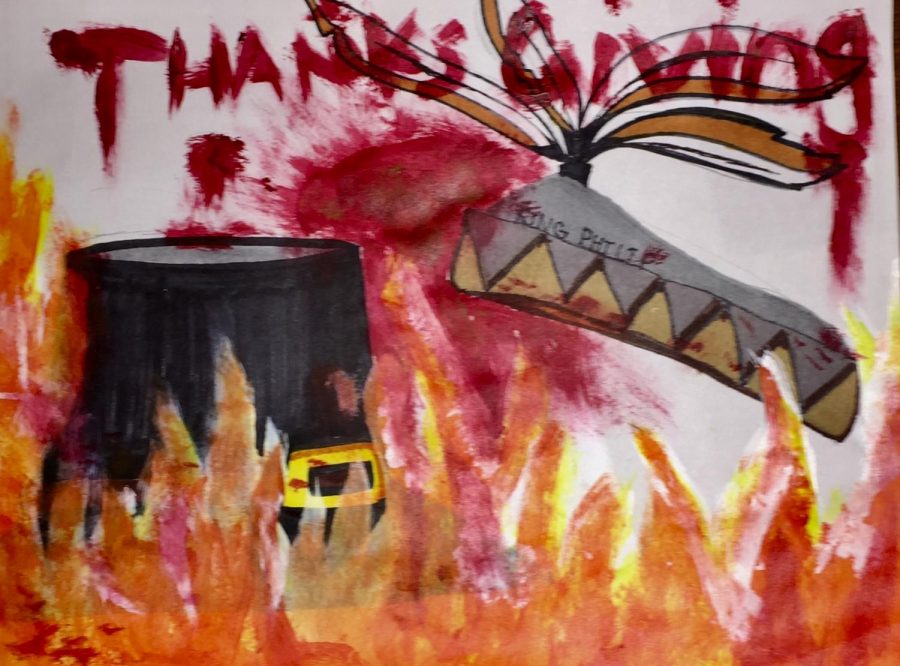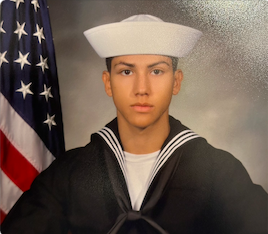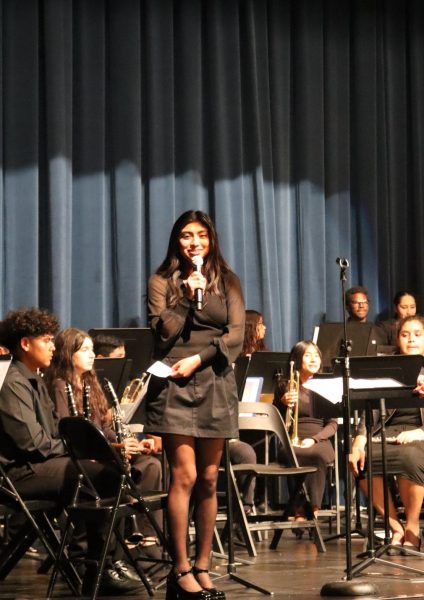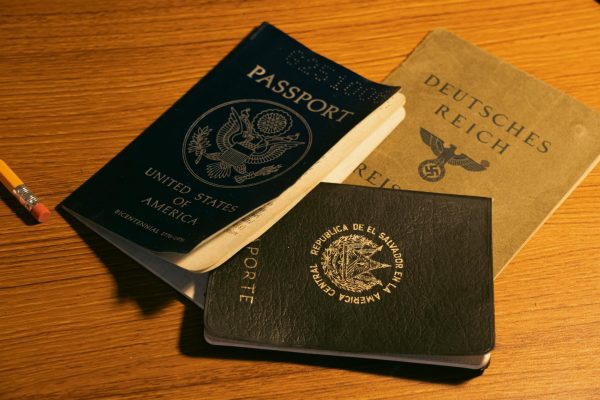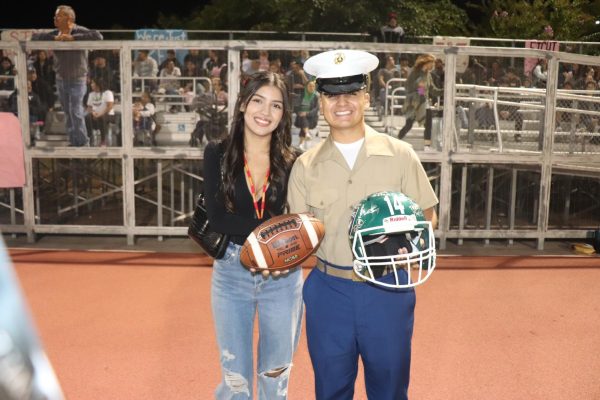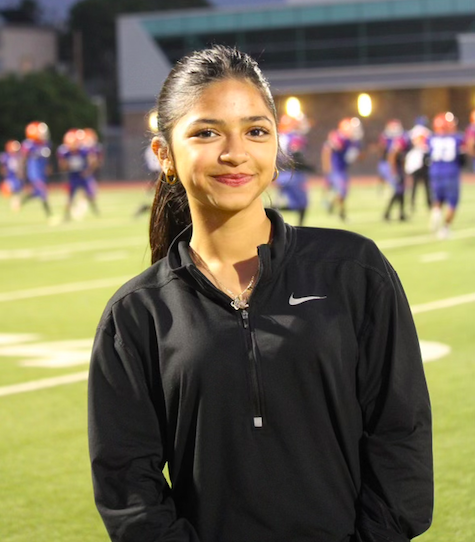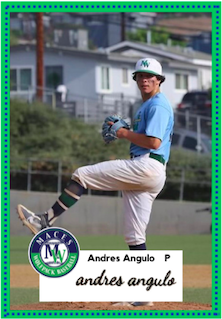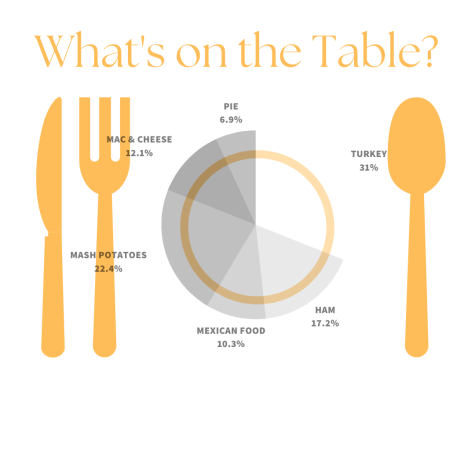Thanksgiving History, with Detail
November 26, 2020
By Kelly Avila
The commercialization of Thanksgiving has erased its history and created a shield from the true colors of its past. Most often, when teachers tell the story of Thanksgiving, they talk about pilgrims coming to America starving in the cold winter. However, the kind Natives gave them food and taught them to hunt. Everyone became friends, so they had a big dinner together—the end.
Thanksgiving is a national holiday that is made to celebrate the new harvest and give thanks for the blessings of the past year. In the United States, Thanksgiving is a federal holiday and with the holiday coming up every year, the story is always brought up. However, it’s not always accurate, as most depictions of Thanksgiving are lightened for younger audiences.
To learn about Thanksgiving, we must first delve into a bit of background history and a renowned Native figure: Tisquantum. According to Wikipedia- yes, Wikipedia- before Plymouth had any sort of “pilgrims” in 1614, John Smith led an expedition along the coast of Maine and Massachusetts to collect furs and fish. When Smith returned to England he left a man, Thomas Hunt, in charge. Hunt was to take their products back to Malaga, Spain for the profit of dried fish in the market but on a whim, he decided to add human cargo for extra gain.
He went to Plymouth Harbor on account of having a “trade” with the Patuxet Natives who lived on the land. As 20 Natives were lured above Hunt’s vessel, he confined them, and Tisquantum, known popularly as Squanto, was among the abducted. He then abducted 7 more Natives from Cape Cod, MA, known as the Nausets.
In Life of Squanto, it is said that Squanto spent some time as a slave in Spain. He eventually came back to North America with an adventurer known as Thomas Dermer. Arriving at Massachusetts Bay, they discovered all of Squanto’s tribe had died. They moved inland from Pawtucket to a village named Nemasket. Squanto was sent by Dermer to the village of Pokanoket near Rhode Island, where he met Chief Massasoit.
Keeping in mind who Squanto is, and remembering the name Massasoit, it’s time to delve into who the pilgrims were. As reported by Plymouth Plantation, Pilgrims—also known as separatists—were people who wanted to completely separate from the Church of England. They believed they had too many practices similar to the Roman Catholic Church and were beyond reform. In the 1600s, it was illegal to be a part of any church besides the Church of England, so they fled to the Dutch Netherlands where they could practice their own religion without fear of persecution.
They moved from Amsterdam to Leiden and lived there for around 11-12 years, finding that the work was arduous, where even children had to work. When older children left their families to become soldiers and sailors, their hesitance to stay increased. It wasn’t until they thought a war would break out between the Spanish and the Dutch that they decided on moving to the Americas.
Originally, they were going to settle on a northern part of the Virginia colony which extended from Jamestown to the mouth of the Hudson River, as stated here. They didn’t have enough money so they returned to London and had help from financial investors who would help supply them with tools and clothing. In order to pay said investors back, the pilgrims would have to send back fish, timber, furs, etc.
The pilgrims were originally supposed to leave in August 1620 on a boat called the Speedwell, but it leaked and they had to return to a port in Plymouth, England. Travelers ended up needing to travel on the Mayflower, which was a cargo ship. “After sixty-six days, or roughly two miserable months at sea, the ship finally reached the New World. There, the Mayflower’s passengers found an abandoned Indian [Native] village and not much else,” HISTORY editors say.
Arriving on November 11, settlers had drifted off course from their original destination to Hudson New York and sought out shelter in Cape Cod, MA. However, traveling around Cape Cod proved to be difficult so the passengers chose to remain in New England. Following weeks of exploration, the men discovered an abandoned community. Unknown to them, it was formerly Paxutet land, with cleared fields, a water supply, and a good harbor. Finally, on December 16th of 1620, the Mayflower landed in Plymouth Harbor and the colonists began to build their little town.
“‘Accounts from this first winter talk about a great sickness, where “on average for four months, ending in March, a grave was opened once in three days.’ The underlying cause for mortality in most cases was likely malnutrition. While we have the story of Thanksgiving telling us about the feasts that the Pilgrims had at harvest, we know that this was no reflection of their food over the winter,” bonesdontlie article said. Out of 102 passengers, 51 survived.
It wasn’t until March 16th,1621 that the Pilgrims had contact with the Natives. William Bradford, governor of Plymouth wrote about a Native going up to the settlers and speaking to them. His name was Samoset, and he explained that the land they lived on was previously inhabited by Natives that had died because of an epidemic and that the sole survivor was Squanto, who spoke English well since he’d lived in England. He also explained that the leader of the region was a Wampanoag Chief named Massasoit and offered to arrange a meeting with some of the chief’s men.
Massasoit as the Wampanoag leader sought alliances with the pilgrims and created a treaty, and quoted from William Bradford—the governor of the time—it goes:
-
- “1 That neither he nor any of his should injure or do hurt to any of their people.
- 2 That if any of his did any hurt to any of theirs, he should send the offender that they might punish him.
- 3 That if anything were taken away from any of theirs, he should cause it to be restored, and they should do the like to his.
- 4 If any did unjustly war against him, they would aide him; if any did war against them, he should aid them.
- 5 He should send to his neighbors confederates [allies] to certify them of this, that they might not wrong them, but might be likewise comprised [informed] in the conditions of peace.
- 6 That when their men came to them, they should leave their bows and arrows behind them.”
After the meeting with the Wampanoag chief, Squanto stayed with the Pilgrims and taught them how to grow crops. “In the fall of 1621, the colonists marked their first harvest with a three-day celebration. Massasoit and 90 of his men joined the English for feasting and entertainment. In the 1800s this famous celebration became the basis for the story of the First Thanksgiving,” stated here.
“…at which time amongst other recreations, we exercised our arms, many of the Indians coming amongst us, and among the rest their greatest King Massasoit, with some ninety men, whom for three days we entertained and feasted, and they went out and killed five deer, which they brought to the plantation and bestowed on our governor, and upon the captain, and others,” Edward Winslow wrote in a letter which is an account of the “First Thanksgiving” that lasted three days. The Thanksgiving feast we know so much about, wasn’t a friendly one. It was more out of necessity for alliances to come together and ensure peace.
Eventually, Thanksgiving became an annual and occasional event that continued on in New England where they’d praise God for new harvest or military wins. After 1798, Congress left the holiday up to states to celebrate. It didn’t become an official holiday until, according to Brittanica, “While sectional tensions prevailed in the mid-19th century, the editor of the popular magazine Godey’s Lady’s Book, Sarah Josepha Hale, campaigned for a national Thanksgiving Day to promote unity. She finally won the support of President Abraham Lincoln. On October 3, 1863, during the Civil War, Lincoln proclaimed a national day of thanksgiving to be celebrated on Thursday, November 26.”
From there on, the holiday was brought up and announced by every president, post-Lincoln. The final piece before commercialization came into play was when Franklin D. Roosevelt issued a proclamation in 1941 designating the fourth Thursday in November, Thanksgiving day.
After it became a national holiday, the commercialization of the story began. “It becomes commercialized in order to sell you an image of a holiday since we aren’t able to take a day off just to take a day off. There has to be festivities and rituals attached to it so that it has more meaning,” Mr. Nolasco, a history teacher, said. With $1.1 billion expected to come out of Thanksgiving revenue for turkeys, there’s no surprise that companies take advantage of the holiday.
Unfortunately, the more devastating history of Thanksgiving needs to be brought up. Obviously, there’s more to the story than it becoming an annual holiday because the generation after Chief Massasoit suffered a great deal. King Phillip’s War was the first biggest war between colonists and Native Americans between 1656-1657.
Massasoit had managed a long-standing peace with colonists, at least until his son Metacom who was known as King Phillip, became the next chief. As more settlers poured in, violations of the treaty with the Wampanoag people began. Colonists argued that the treaty made back in 1671 should’ve included the surrender of Indian guns. Plymouth colony executed three of Phillip’s Native warriors who were tried for the murder of John Sassamon, a Native interpreter for Phillip. He’d converted to puritanism and was accused by Phillip of spying for colonists, but after his death, it got messy.
Soon began raids in different parts of New England including Rhode Island, Massachusetts, and Connecticut. The neighboring tribe of Wampanoags were the Narangansetts who attempted to stay neutral but backfired when Narrangansett warriors participated in raids. When they were accused of breaking peace treaties, a colonial militia banded together of about 1,000—including Native allies.
On December 19th came the first attack on the Narrangansett fort, known as the Great Swamp Fight. About 150 Native women, children, and the elderly were either killed or burned alive in their homes. This pushed the Narragansetts to join the anti-English war effort. The Natives in return destroyed all white settlements in Rhode island.
“By September the colonists and their Indian [Native] allies had destroyed much of the Native American opposition in southern New England, killing thousands of Native Americans and selling many into slavery and indentured servitude,” states Britannica. The war proceeding the once peaceful land that the colonists and the Natives shared was marred by death and tragedy.
While the beginning of the story may be more lighthearted than initially thought, the bloody turning point that was taken changed history forever. “I do believe the true history has been majorly diluted or erased by the want to make a fast and easy dollar, but most holidays have been. However the message of friendship, family, and solidarity is still important, and should not be forgotten, but not at the expense of truth,” Mr. Torres, a math teacher, said.
Like Torres and other former and current American students, Ms. Hanson, an art teacher, agrees that the history has been altered for profit. “I was taught the basic school history of the holiday that neglected to mention the genocide of Native Americans and idolized the pilgrims and Christopher Columbus. I learned later in life the real history is much more heartbreaking for the indigenous people of the Americas.”
“As an art teacher, I would create an artwork that honors the history of the Native American tribes across America. They were here for thousands of years before European settlers visited, and their history and culture rarely gets the attention it deserves. I would choose to focus on their cultural symbolism and how it relates to the strong familial connection among many indigenous peoples.”
Despite the history of Thanksgiving, it’s important to keep in mind that the main theme of the holiday is to come together with family, or even friends in solidarity. However, that doesn’t mean shrugging off and creating a happy fabrication of the past. It’s important to remember the true history so we can get a sense of continuity and growth. With that said… Happy Thanksgiving!

